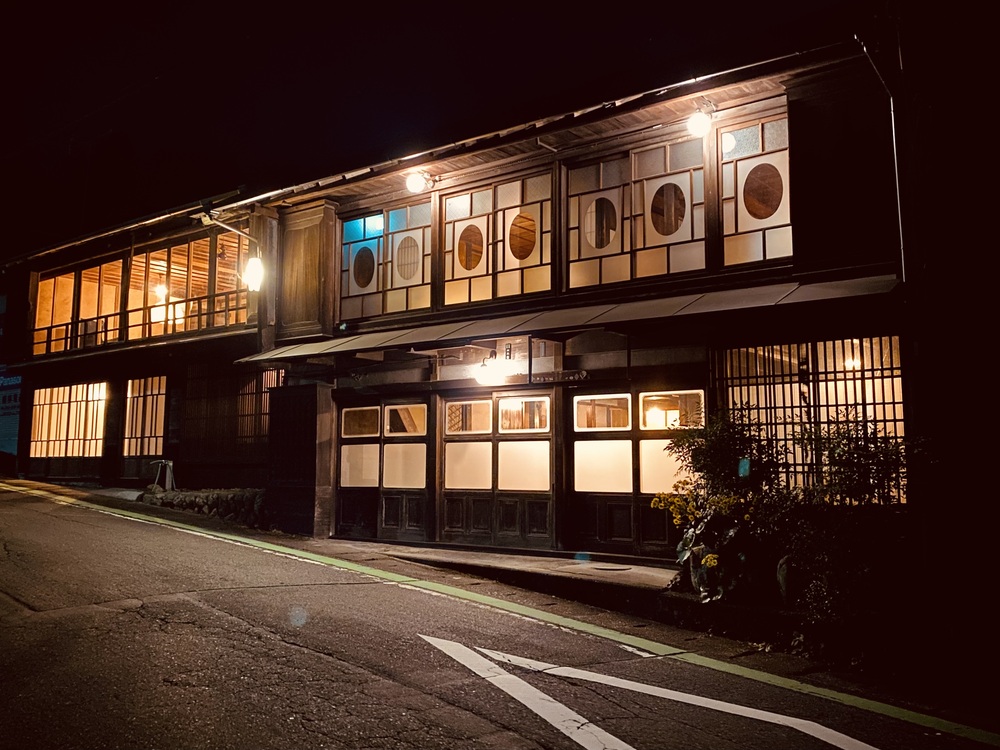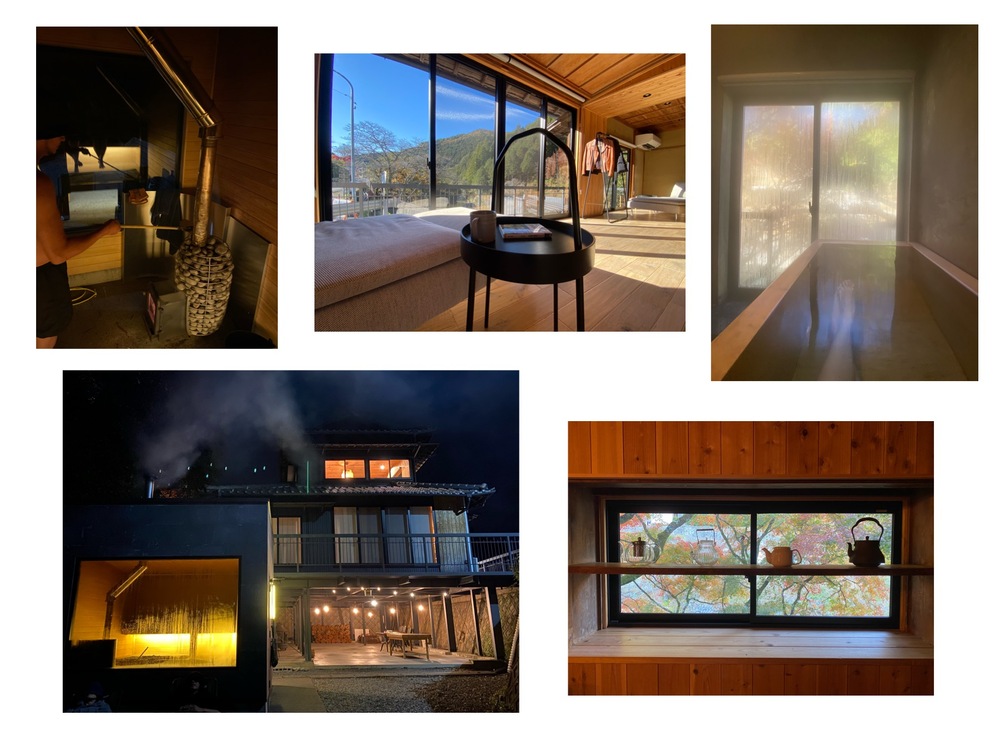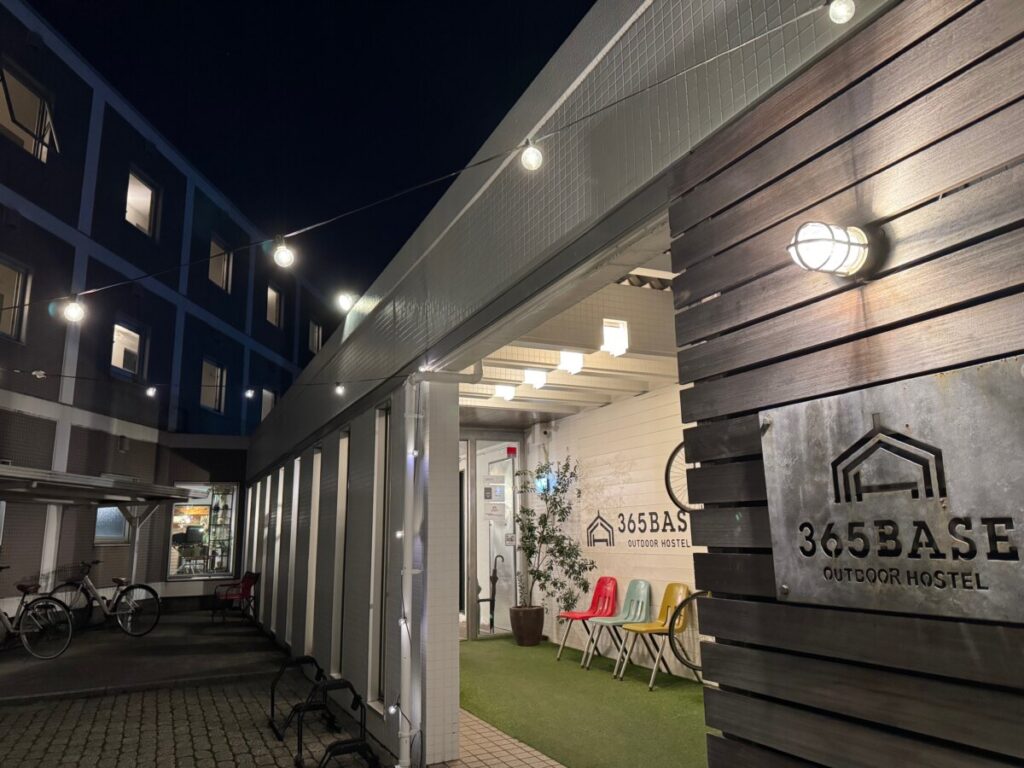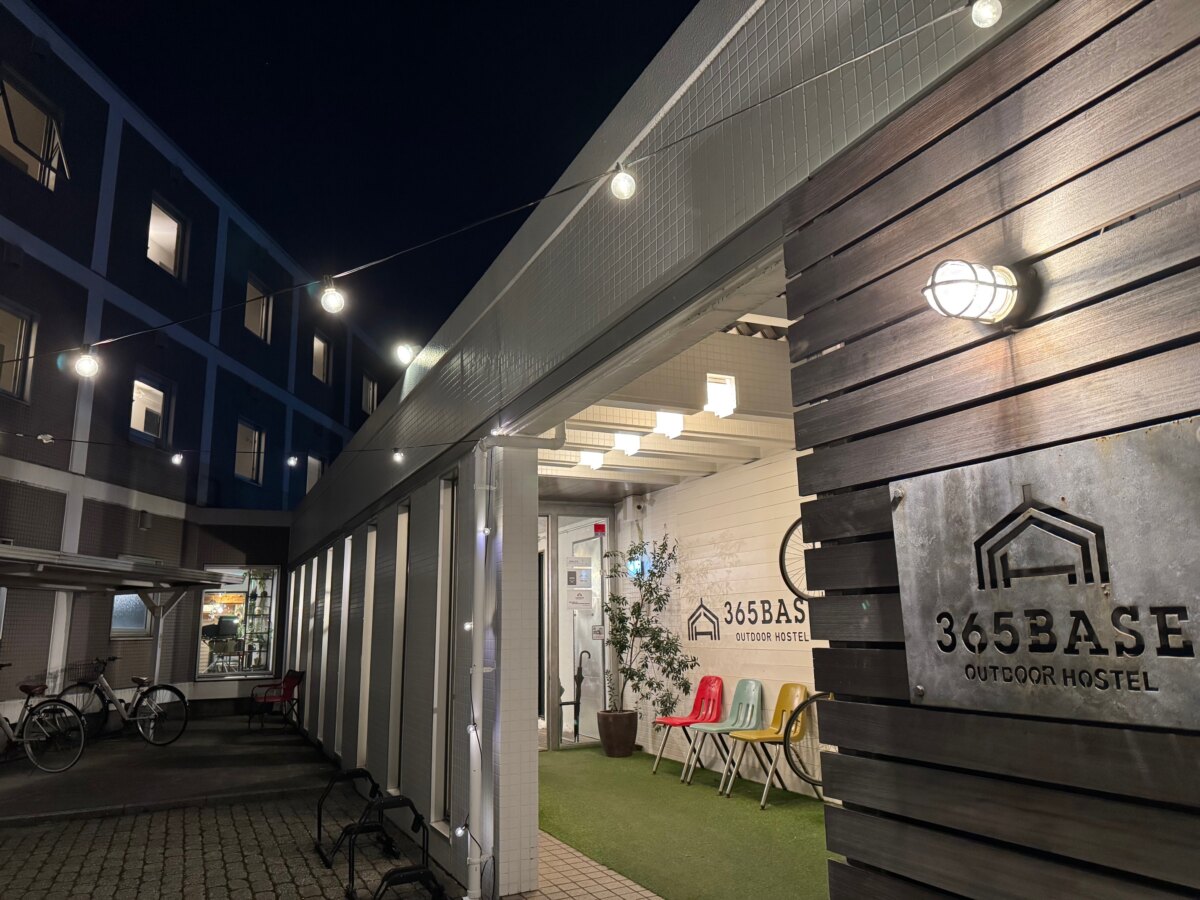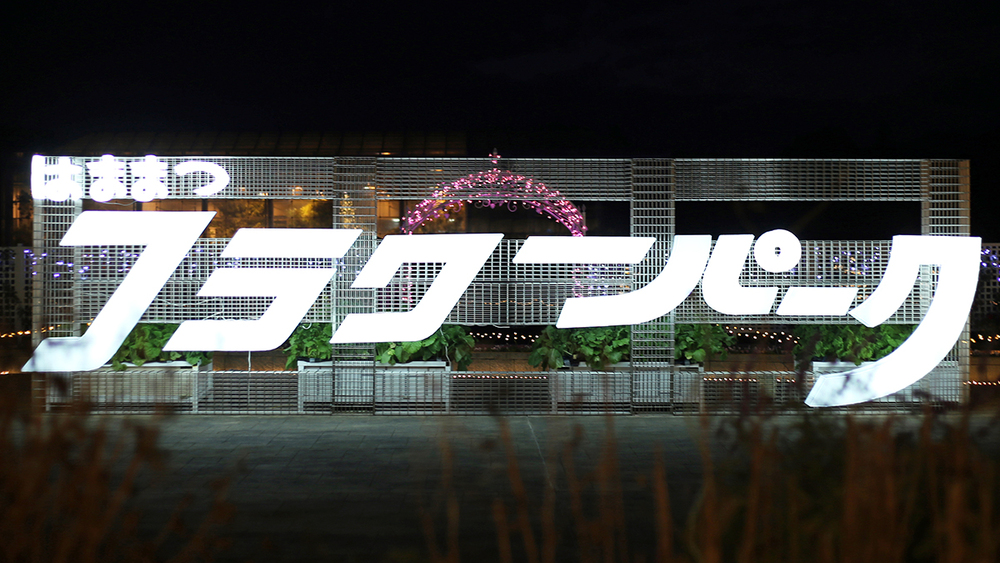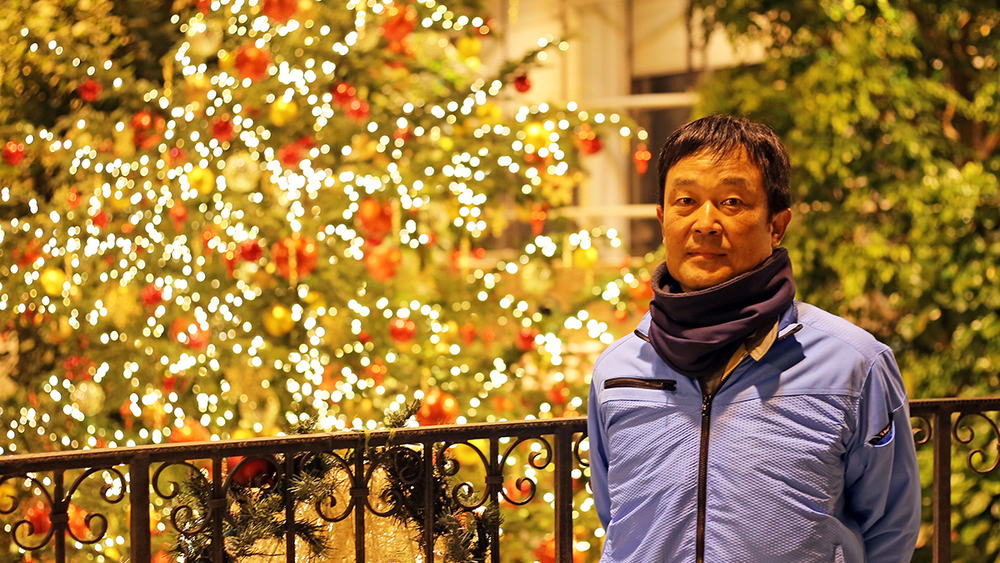Get to Know Hamamatsu
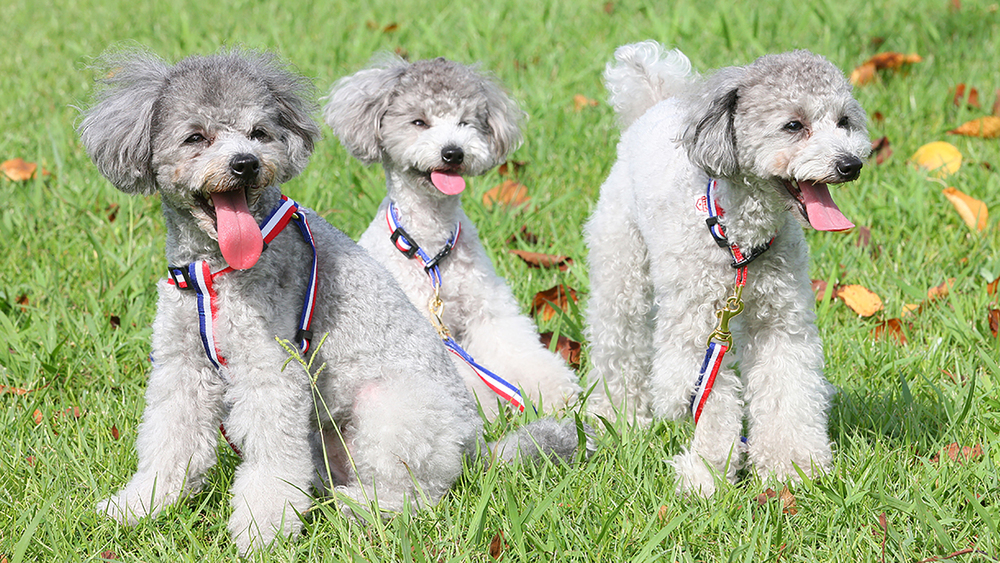
- Enjoy
From Hamamatsu. PETIT is an artisan group that produces pet goods using local products.
The company name is PETIT, which means “small/cute” in French.
When I heard that a new company had started up that produces pet goods using products from Hamamatsu and other prefectures, I went to interview them. What was waiting for me was a man who looked good in a jumper, which was a bit unexpected given the company’s image of being small and cute. It was a name.
Why Made in Hamamatsu pet goods were born
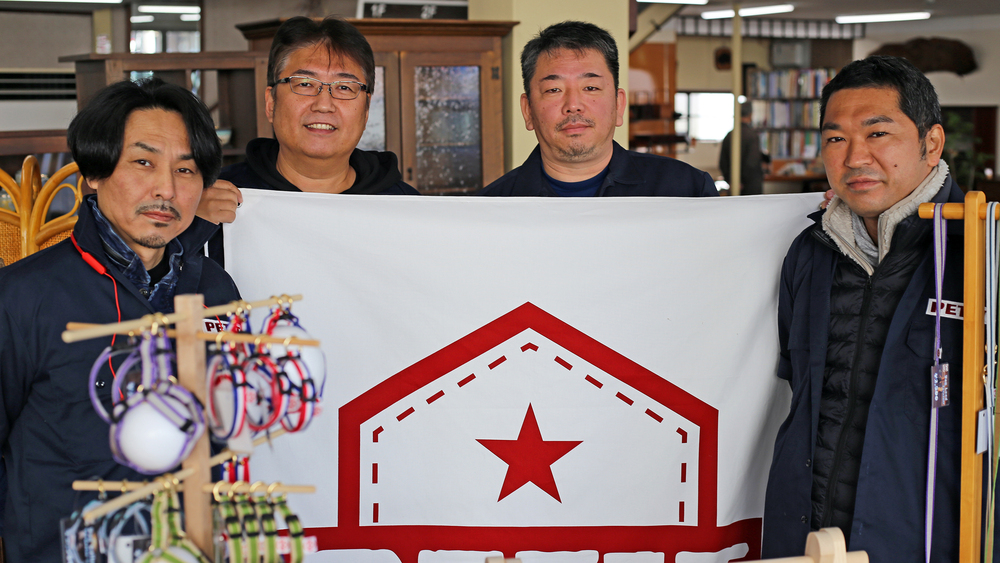
(From left in the photo: Mr. Ishizuka from Ishizuka Joinery, Mr. Miyazaki from Daiichi Tenryu, Mr. Hasegawa from Toyo Furniture, and Mr. Muto from Muto Denkou)
PETIT was founded by four people, each representing a different company in the furniture manufacturing and textile industries.
The members, who were originally close friends through connections at the Hamamatsu Festival, local classmates, and drinking buddies, started producing and selling pet goods as a new initiative.
The company name comes from a name that member Tomoaki Hasegawa wanted to give to his dog someday.
“Mass-produced ready-made products are certainly cheap, but I don’t think I’d want to use them in my daily life or on my dog.”
While using ready-made pet goods on the market, it was difficult to get what you really wanted, and as a user, I was not satisfied with the quality of products made overseas. Based on my experience, I created my own pet houses, harnesses, and leashes that were particular about the materials and quality. I started.
Prototypes become a hot topic thanks to the synergistic effect of bringing together manufacturing professionals
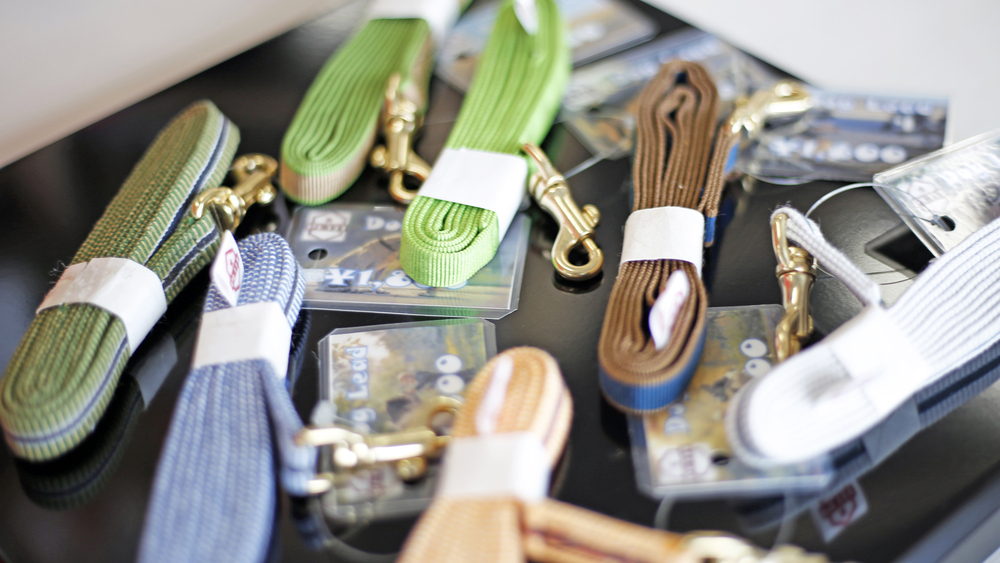
Masakazu Muto, the company’s representative, says, “From design planning to material selection, processing, and assembly, our craftsmen put their heart and soul into creating pet goods that can be used with peace of mind.” As a new challenge during the coronavirus pandemic, we have created this product. I’m working on my business.
As we continue to make prototypes by leveraging the strengths of different industries, such as Mr. Ishizuka’s woodworking skills and Mr. Miyazaki’s knowledge of textiles, PETIT begins to receive requests from local dog lovers to purchase and request production.
“My colleagues can do things that I can’t do myself. It’s interesting to see products created from perspectives and ideas that aren’t bound by industry conventions.”This is a new business that would not have been small and time-consuming if it had been done individually, but with specialized knowledge By combining the two, we have prepared a framework for commercialization.
“Up until now, I have been protecting the business that I inherited from my parents, but now that I have started a pet goods business, I am enjoying the excitement of starting a business.” At the same time, I have experienced the difficulty of starting a new business, and I am very grateful to my predecessor. It seems that he learned about the hardships of
By removing my preconceived notions about craftsmanship and working as a PETIT, I learned a lot that I can apply to my main job.
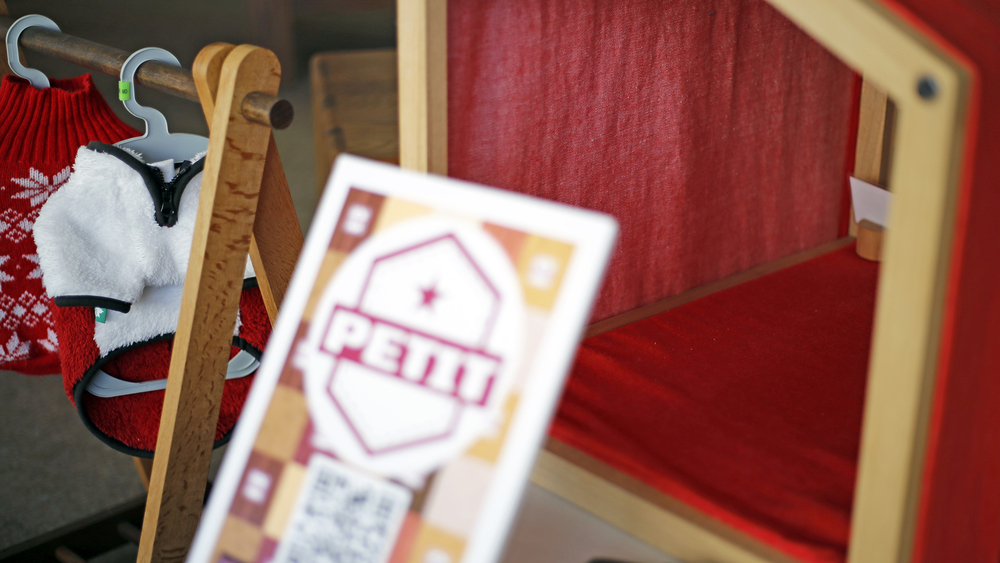
A small local factory takes on the challenge of changing the way we live with pets.
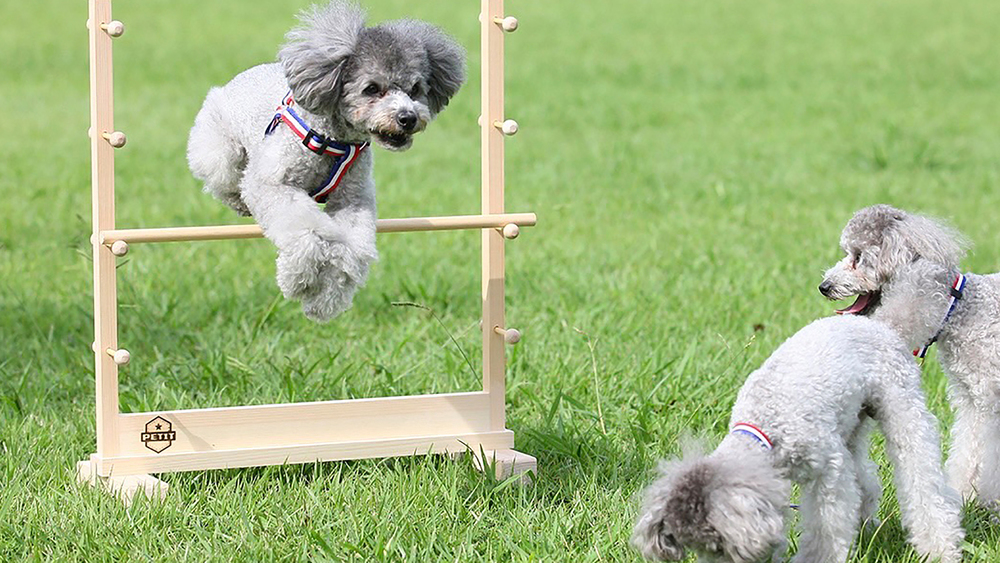
I was curious about what kind of goods they actually have, so I asked them about their popular products, and they introduced me to a pet house that is strong and easy to assemble.
It is made with great craftsmanship and attention to detail, such as using miter stitching techniques for the seams.
By using locally produced Enshu textiles for the covers and cushions, the texture of the fabric becomes more appealing the more you use it. You can choose a house that suits your lifestyle from a rich variety of woods and fabrics that you won’t find in other areas.
The company’s leashes and harnesses, which are made from colorful Sanada cord, which is said to be the world’s smallest fabric, are also attracting attention as they have never been seen before in pet goods.
By asking dog trainers and groomers for their opinions on color schemes and creating new products based on customer requests, we are planning pet goods that are not just for small dogs.
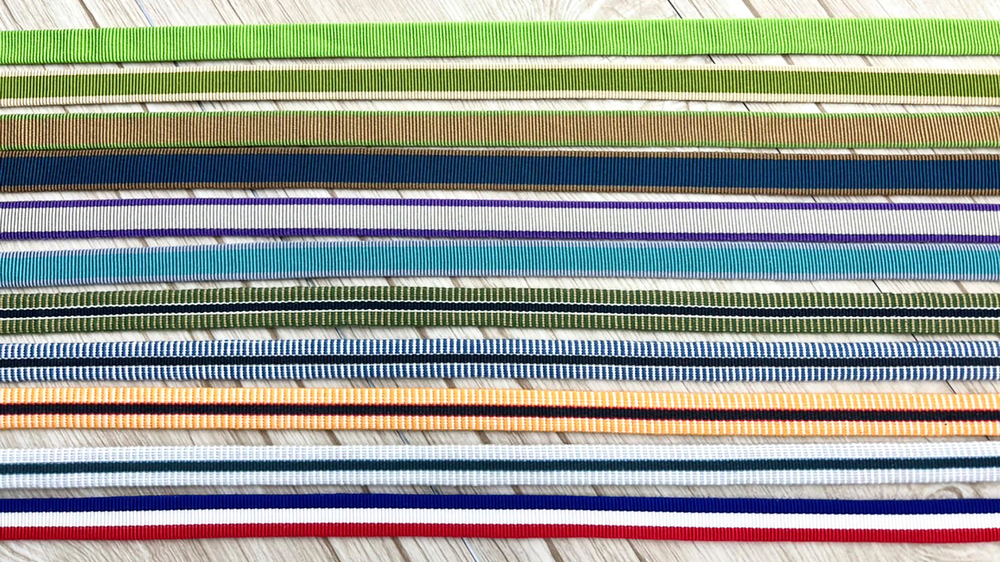
To make Hamamatsu a city where you can spend a comfortable time with your pets
In addition to selling nationwide through the Internet, there are six specialty stores in Hamamatsu City where you can pick up the products directly. There are plans to increase the number further.
PETIT’s activities are not limited to production and sales. This is a grand project that involves working with groomers, dog trainers, and pet vocational schools to create a city that is easy to live with pets.
We are creating dog runs and other places in the city where dogs can be kept off-leash, setting up dust bins, and planning events where dog lovers can get to know each other.
“First of all, we need to ask the people of Hamamatsu what kind of needs they have,” he says, and says that just like when creating products, we would like to listen to the voices of users and propose what we can do.
“It would be great if we could grow into an industry that represents Hamamatsu later!” We have high expectations for PETIT, which considers pets and local life.
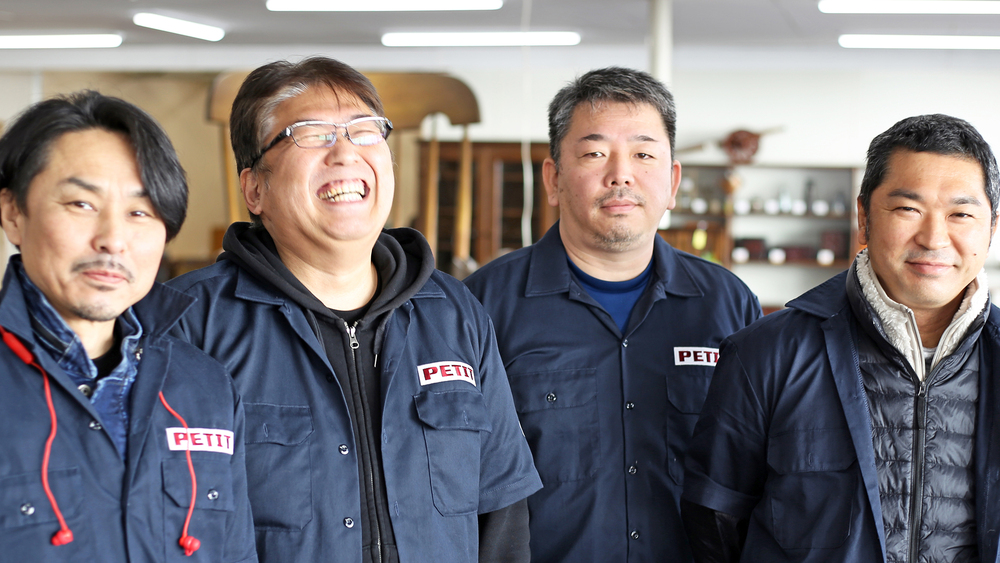
[PETIT] https://www.petit-2021.com/
